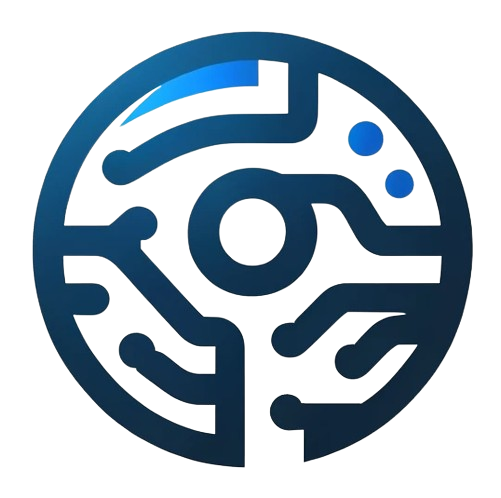Neural networks, the cornerstone of modern Artificial Intelligence (AI), are famed for their ability to detect patterns and make decisions based on data. This complex process, grounded in mathematical and statistical principles, allows neural networks to learn from experience, improve over time, and make accurate predictions. This detailed blog post delves into the mathematics behind neural networks, explaining how they learn and detect relevant patterns.
Understanding Neural Networks
Neural networks are inspired by the biological neural networks in the human brain, comprising layers of interconnected nodes or neurons. Each neuron receives input, processes it, and passes the output to the next layer. The process involves weights, biases, and activation functions that help the network learn and make decisions.
The Learning Process
1. Forward Propagation
- Concept: Data is fed into the network, passing through layers where each neuron computes a weighted sum of its inputs, adds a bias, and applies an activation function.
- Mathematics: The output y of a neuron is given by y=f(w⋅x+b), where w is the weight, x is the input, b is the bias, and f is the activation function.
2. Loss Function
- Concept: A loss function measures the difference between the network’s prediction and the actual target values. It quantifies how well or poorly the network is performing.
- Mathematics: Common loss functions include Mean Squared Error (MSE) for regression tasks and Cross-Entropy Loss for classification tasks.
3. Backpropagation
- Concept: The process of adjusting the network’s weights and biases based on the error obtained from the loss function. It uses the gradient of the loss function with respect to the network’s parameters.
- Mathematics: Backpropagation employs the chain rule of calculus to compute gradients. For a weight w, the update is w=w−α∂w∂L, where α is the learning rate and L is the loss function.
4. Optimization Algorithms
- Concept: Algorithms that minimize the loss function, improving the network’s accuracy. Gradient Descent is the foundational optimization algorithm, with variants like Stochastic Gradient Descent (SGD), Adam, and RMSprop enhancing performance.
- Mathematics: These algorithms adjust the weights and biases to find the minimum of the loss function, using different strategies to accelerate and stabilize the process.
Pattern Detection in Neural Networks
Neural networks detect patterns through the iterative process of adjusting weights and biases to minimize the loss function. This process enables the network to identify complex patterns in data, learning the underlying structure and making informed predictions.
- Feature Learning: Neural networks learn features automatically from data, identifying patterns that are not readily apparent, which is especially evident in deep learning with multiple hidden layers.
Challenges in Neural Network Learning
- Overfitting: When a neural network learns the training data too well, including its noise, leading to poor generalization.
- Underfitting: Occurs when the network fails to capture the underlying pattern in the data.
- Computational Complexity: Training deep neural networks requires significant computational resources and time, especially for large datasets.
Learn more about neural network from Google
Google’s free Book for Neural Network for Pattern Recognition
Conclusion
The learning process of neural networks, grounded in mathematical formulas, is a fascinating blend of linear algebra, calculus, and statistics. By understanding these underlying principles, we can appreciate how neural networks learn to detect relevant patterns, driving advancements in AI and machine learning.
